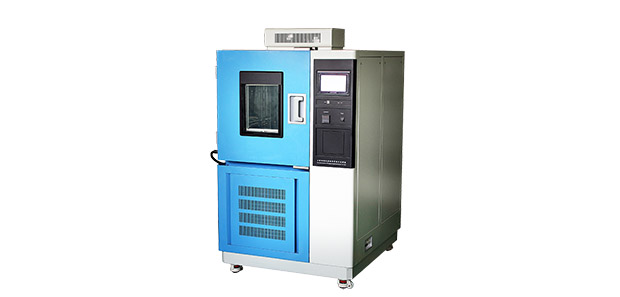A high and low temperature humidity test chamber is a device used to simulate various environmental conditions, testing products under high/low temperatures and humidity to evaluate their performance and durability in different environments. This type of test chamber is commonly used in industries such as electronics, electrical appliances, automotive, and aerospace. Its significance is primarily reflected in the following aspects:
-
Assessing Product Reliability and Stability: The test chamber can simulate extreme environmental conditions, including high/low temperatures, high humidity, and dry environments. By testing products under these conditions, manufacturers can evaluate their reliability and stability, identify potential issues early, and implement improvements and optimizations.

-
Verifying Product Durability and Performance: Testing in a high and low temperature humidity chamber helps verify a product’s durability and performance under different environmental conditions, including heat resistance, cold resistance, and moisture resistance. This provides valuable insights for product design and manufacturing.
-
Enhancing Product Competitiveness: In a highly competitive market, product quality and performance are key differentiators. Testing with a high and low temperature humidity chamber helps companies improve product quality and reliability, reduce failure rates and maintenance costs, and ultimately enhance product competitiveness.
High and low temperature humidity testing plays a crucial role in product development and manufacturing. It helps companies improve product quality, reduce failure rates, and strengthen market competitiveness, ensuring long-term success. Therefore, businesses should prioritize such testing in their R&D and production processes, continuously refining and optimizing product performance and quality.












